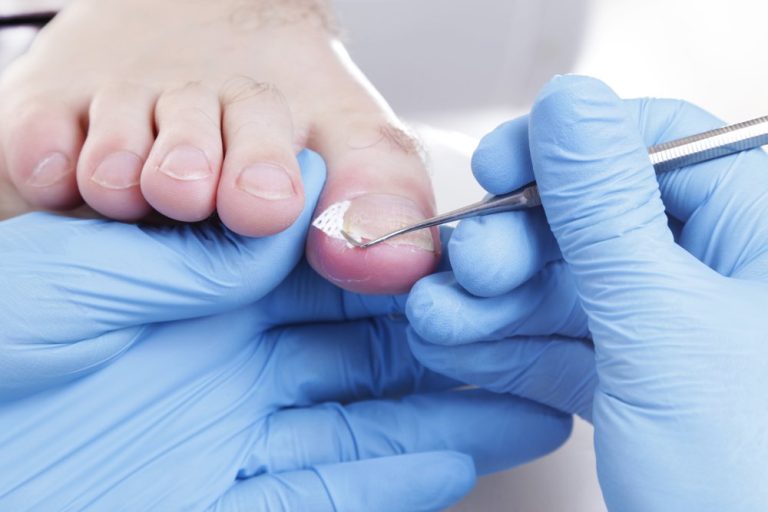Prevention of DVT
Deep Vein Thrombosis (DVT) is a serious medical condition that occurs when a blood clot forms in a deep vein, typically in the legs. These clots can cause pain, swelling, and other complications, and if they travel to the lungs, they can lead to a potentially life-threatening condition known as a pulmonary embolism. Preventing DVT is crucial for maintaining overall health, especially for those at higher risk. Flowcare provides essential tips and strategies to help reduce the risk of DVT.
Understanding DVT and Its Risk Factors
Before delving into prevention strategies, it’s important to understand what DVT is and identify the risk factors associated with it. DVT occurs when blood clots form in the deep veins, often due to prolonged immobility, surgery, or certain medical conditions. Risk factors for DVT include:
- Prolonged periods of inactivity, such as long flights or bed rest
- Surgery, particularly orthopedic procedures
- Certain medical conditions, like cancer or heart disease
- Pregnancy and postpartum period
- Use of hormone replacement therapy or birth control pills
- Family history of DVT
- Obesity
- Smoking
Recognizing these risk factors can help in taking proactive steps to prevent DVT.
Staying Active
One of the most effective ways to prevent DVT is to stay active. Regular physical activity helps improve blood circulation and reduces the chances of clot formation. Incorporate exercises such as walking, jogging, swimming, or cycling into your daily routine. Even simple activities like stretching and moving your legs while sitting can make a significant difference. Flowcare recommends setting reminders to take breaks and move around, especially during long periods of inactivity.
Hydration
Staying hydrated is another key aspect of DVT prevention. Dehydration can cause blood to thicken, increasing the risk of clot formation. Drinking plenty of water throughout the day helps maintain optimal blood viscosity and circulation. Flowcare advises avoiding excessive consumption of alcohol and caffeinated beverages, as they can contribute to dehydration.
Compression Stockings
Compression stockings are specially designed garments that apply gentle pressure to the legs, promoting blood flow and preventing clot formation. These stockings are particularly beneficial for individuals who are at higher risk of DVT, such as those recovering from surgery or those who have to sit or stand for long periods. Flowcare recommends consulting with a healthcare professional to determine the appropriate type and size of compression stockings for your needs.
Medication and Medical Interventions
In some cases, medication may be necessary to prevent DVT, especially for individuals with high-risk factors. Anticoagulant medications, also known as blood thinners, can help prevent clot formation. It’s important to follow your healthcare provider’s recommendations and take medications as prescribed. Flowcare emphasizes the importance of regular check-ups and monitoring while on anticoagulant therapy to ensure optimal effectiveness and safety.
Healthy Diet
A healthy diet plays a crucial role in DVT prevention. Consuming a balanced diet rich in fruits, vegetables, whole grains, lean proteins, and healthy fats can help maintain overall cardiovascular health. Foods high in antioxidants, such as berries and leafy greens, can also support blood vessel health. Flowcare suggests limiting the intake of processed foods, sugary snacks, and high-fat meals, as they can contribute to poor circulation and increased DVT risk.
Weight Management
Maintaining a healthy weight is essential for reducing the risk of DVT. Obesity is a significant risk factor, as excess weight can put pressure on the veins and impair blood flow. Flowcare recommends adopting a balanced diet and regular exercise regimen to achieve and maintain a healthy weight. Consulting with a healthcare professional or a registered dietitian can provide personalized guidance and support in weight management efforts.
Avoiding Smoking
Smoking is a major risk factor for DVT and other cardiovascular conditions. The harmful chemicals in cigarettes can damage blood vessels and promote clot formation. Quitting smoking is one of the most effective ways to improve vascular health and reduce the risk of DVT. Flowcare offers resources and support for individuals looking to quit smoking, including counseling, nicotine replacement therapies, and smoking cessation programs.
Managing Chronic Conditions
Certain chronic conditions, such as diabetes, hypertension, and high cholesterol, can increase the risk of DVT. Managing these conditions through medication, lifestyle changes, and regular medical check-ups is crucial for prevention. Flowcare emphasizes the importance of adhering to treatment plans, monitoring blood pressure and blood sugar levels, and making necessary dietary and lifestyle modifications to manage chronic conditions effectively.
Travel Precautions
Long-distance travel, whether by plane, car, or train, can increase the risk of DVT due to prolonged periods of immobility. Flowcare provides several tips to minimize this risk while traveling:
- Take regular breaks to stand up, stretch, and walk around.
- Perform leg exercises, such as ankle circles and calf raises, while seated.
- Stay hydrated by drinking plenty of water.
- Wear compression stockings during long flights or car rides.
- Avoid alcohol and caffeine, as they can contribute to dehydration.
By following these travel precautions, you can reduce the risk of DVT and enjoy a safer journey.
Regular Health Check-ups
Regular health check-ups are essential for early detection and prevention of DVT. Flowcare advises individuals, especially those with risk factors, to schedule routine visits with their healthcare providers. These check-ups can help monitor overall health, manage existing conditions, and identify any early signs of DVT. Early intervention and preventive measures can significantly reduce the risk of complications associated with DVT.
Conclusion
Preventing DVT requires a proactive approach and a combination of lifestyle changes, medical interventions, and regular monitoring. By staying active, maintaining a healthy diet, staying hydrated, managing weight, avoiding smoking, and taking necessary precautions during travel, you can significantly reduce the risk of DVT. Flowcare is committed to providing the necessary resources and support to help individuals lead a healthy lifestyle and prevent DVT. Remember to consult with healthcare professionals for personalized advice and recommendations based on your specific risk factors and health conditions.














